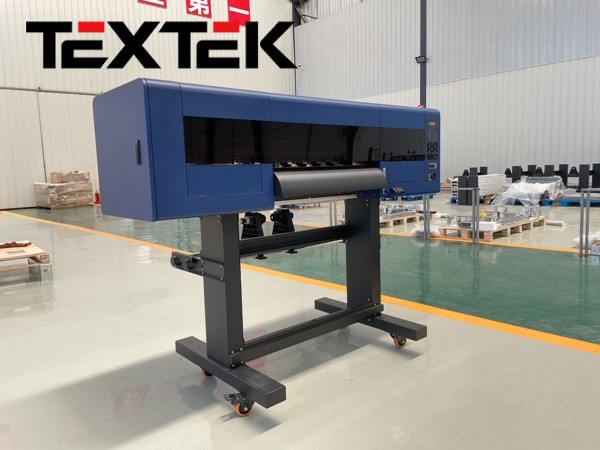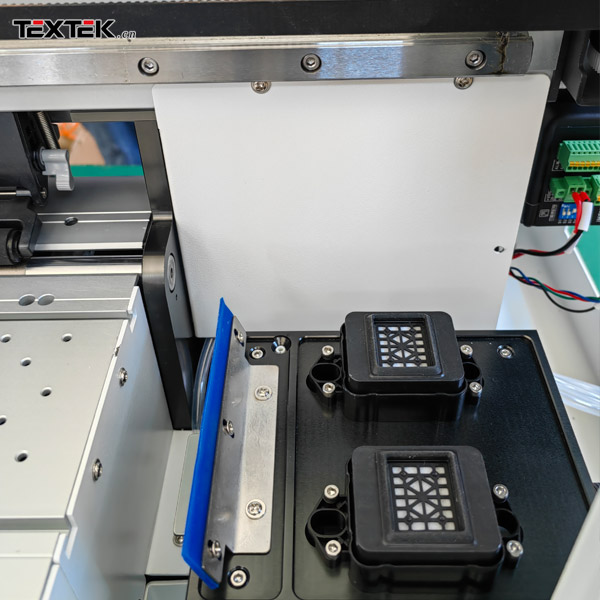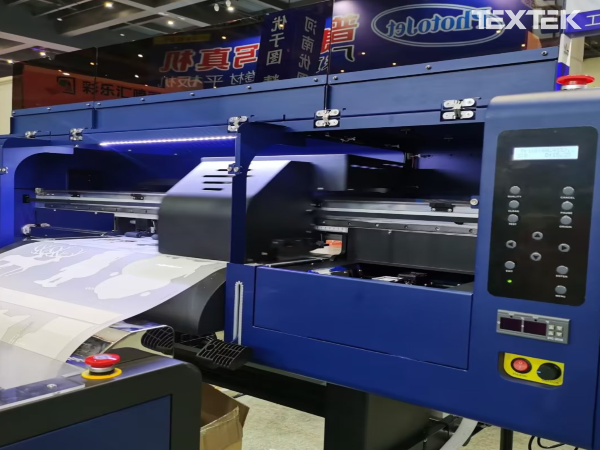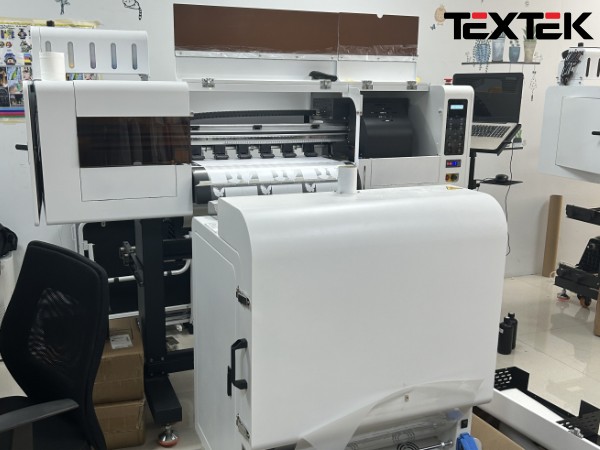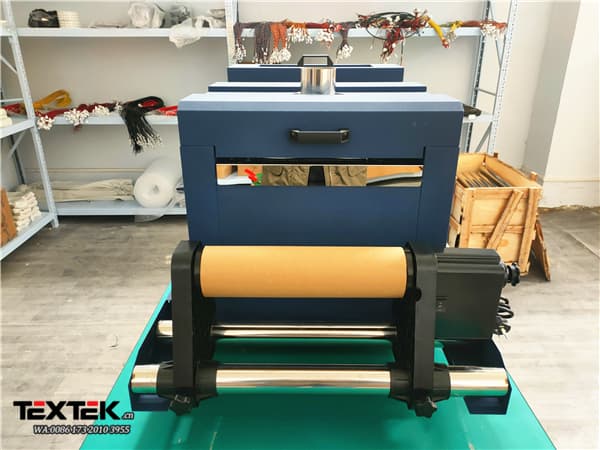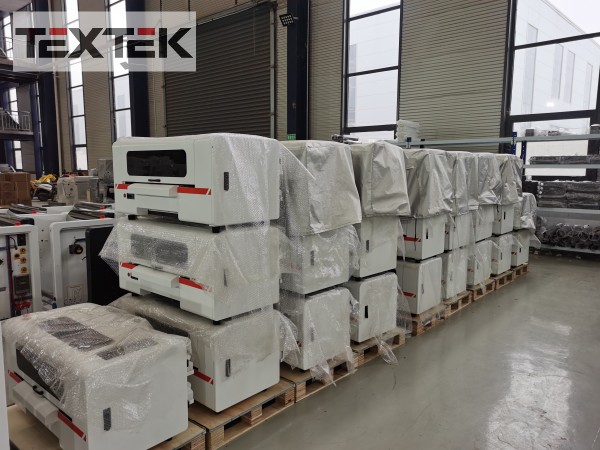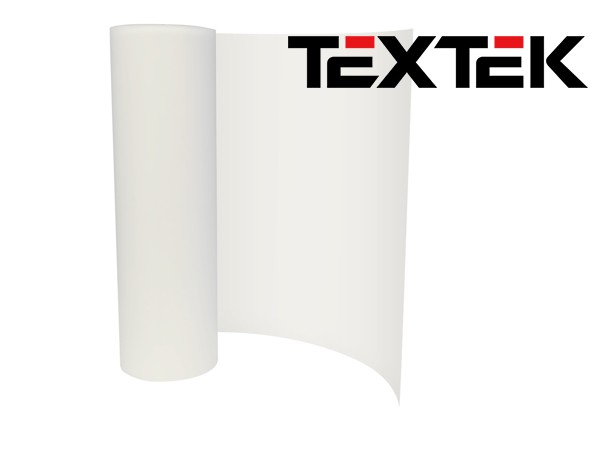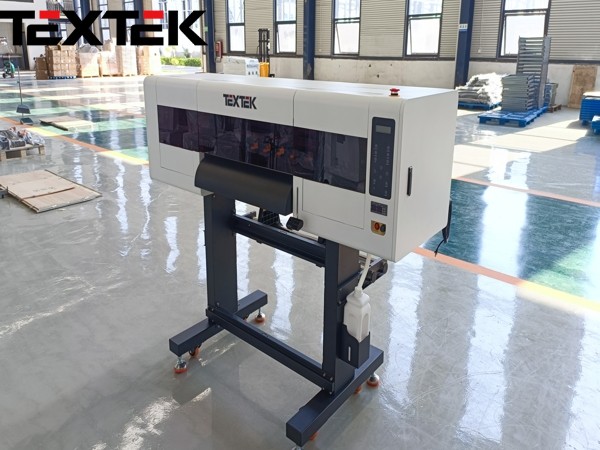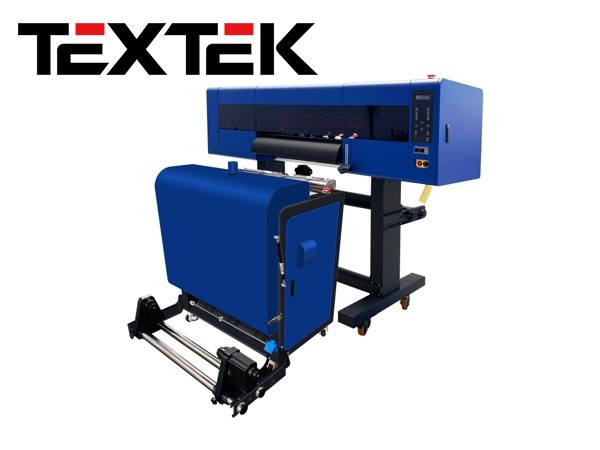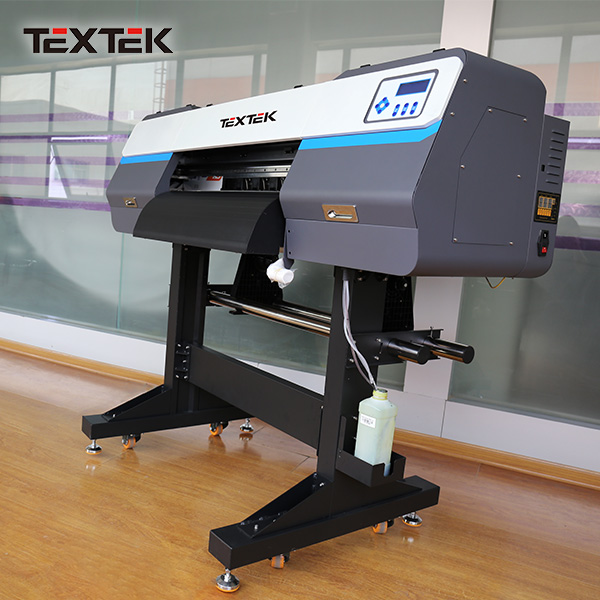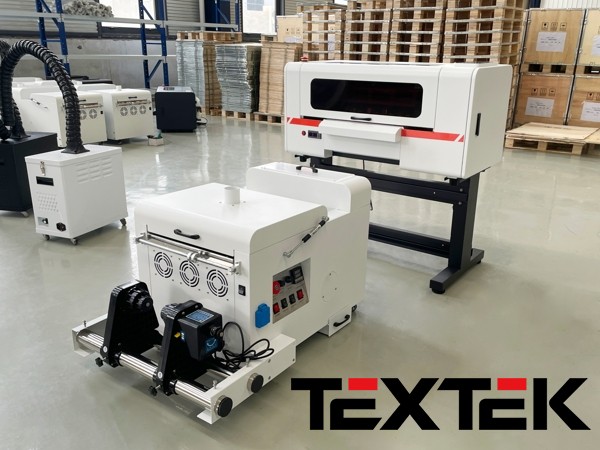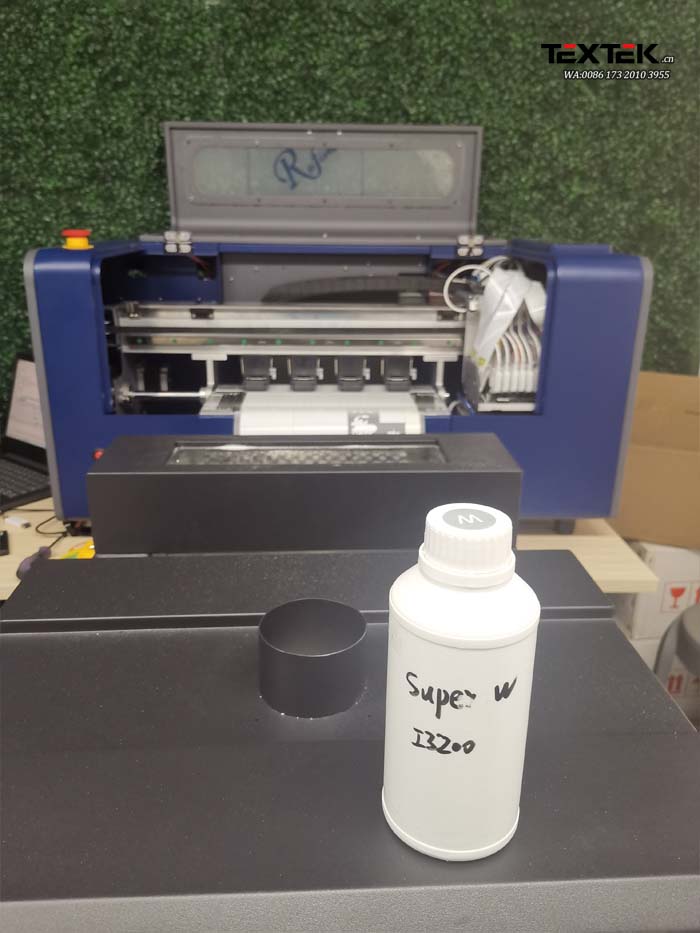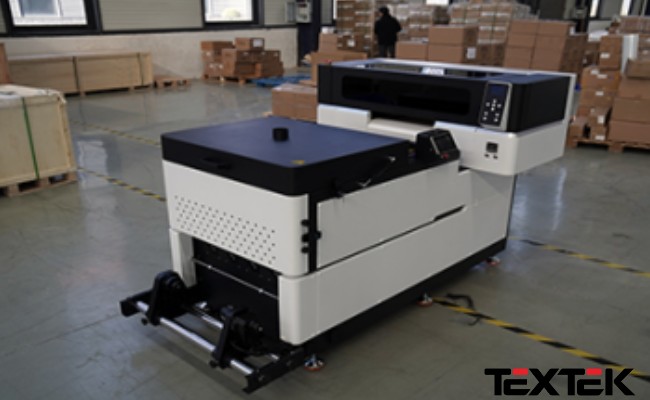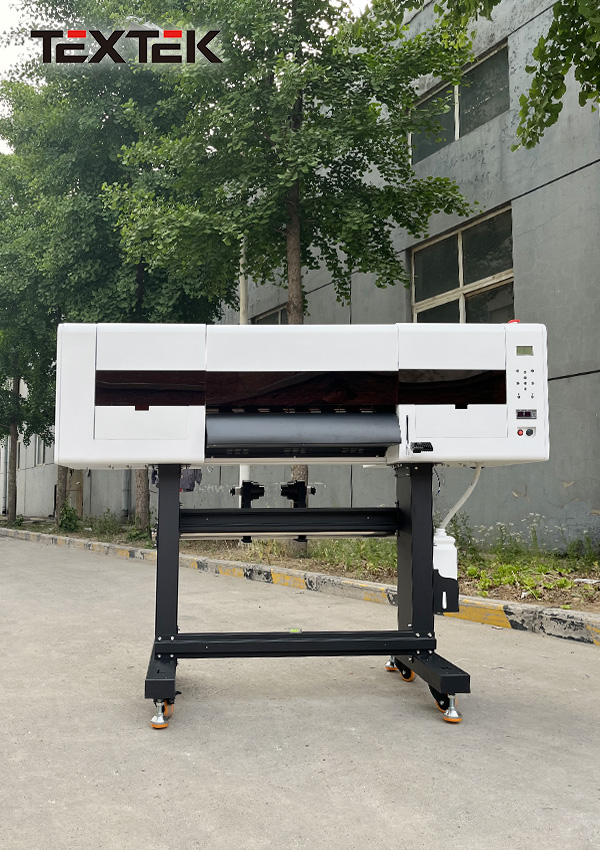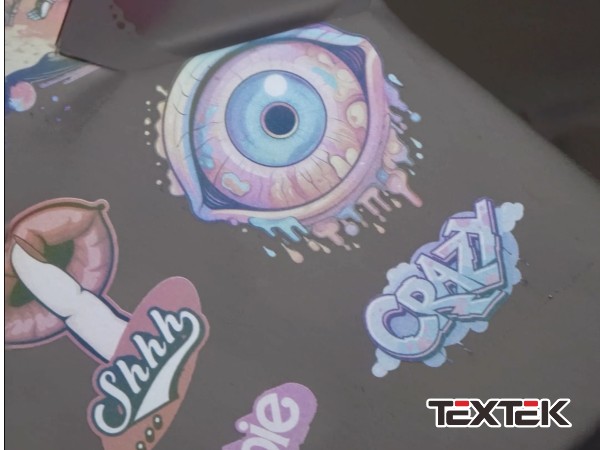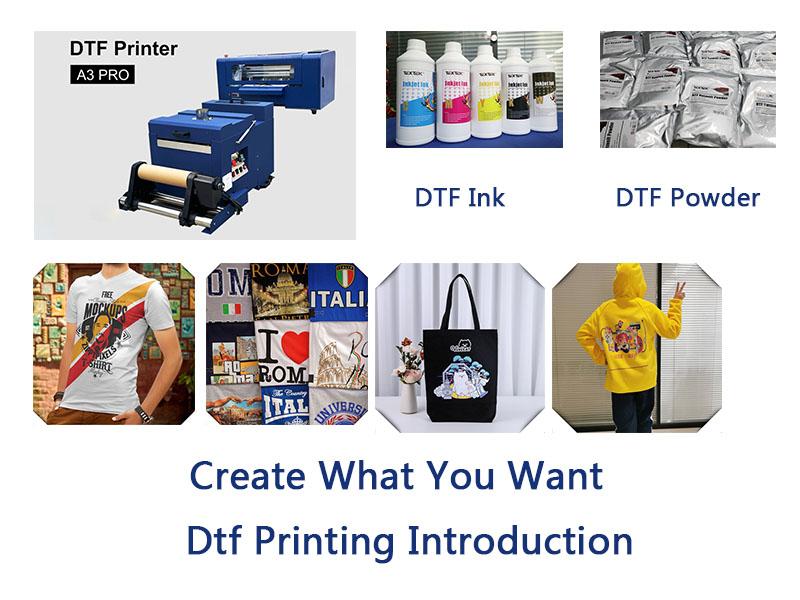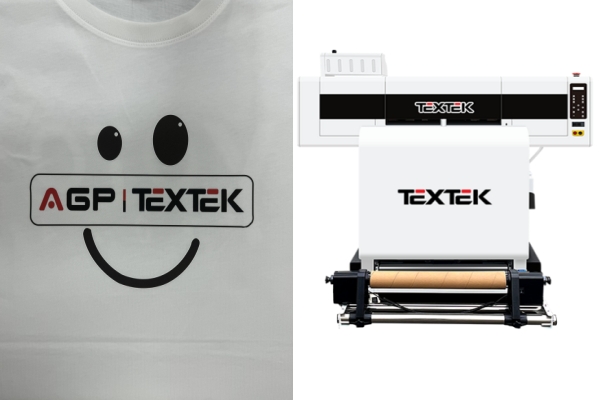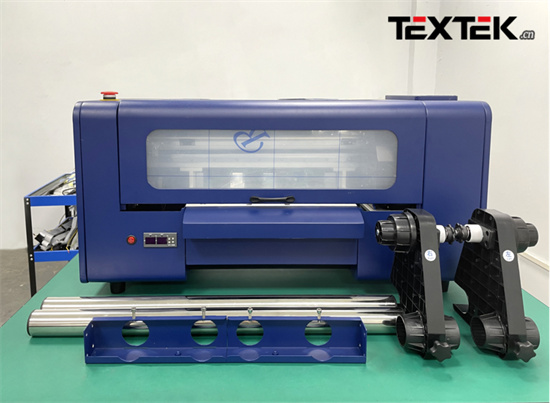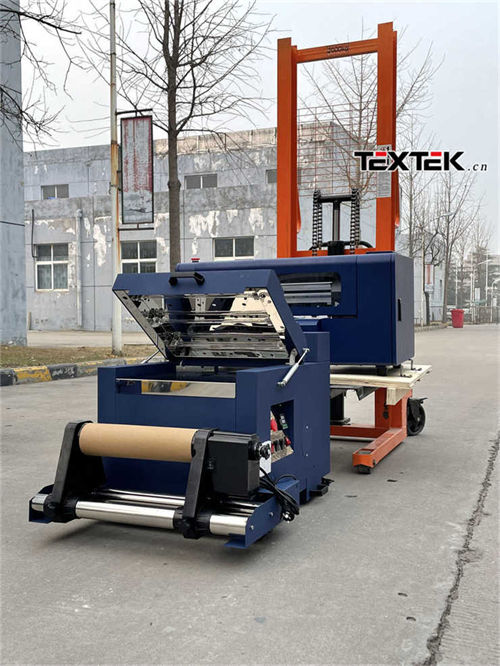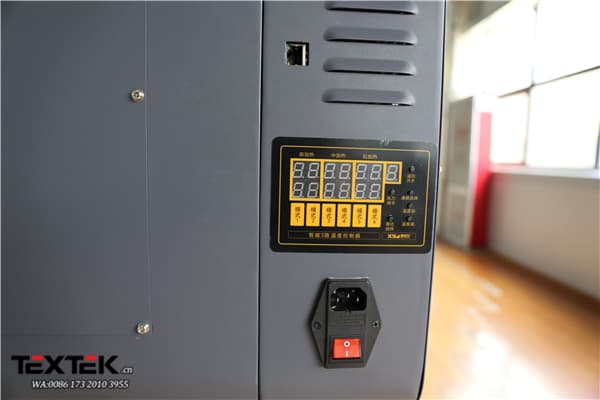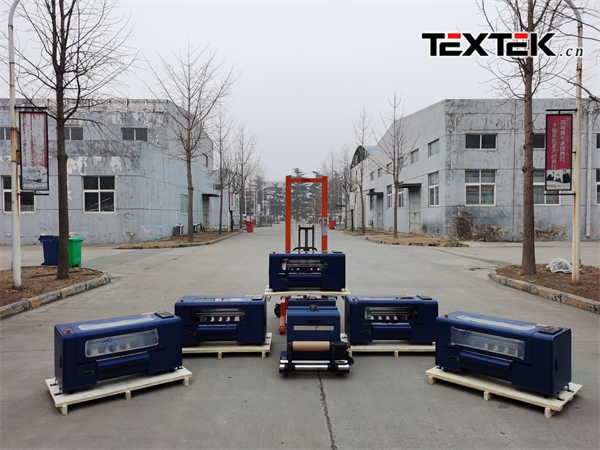There are three issues that need to be paid attention to when transferring dtf transfer patterns. The first is temperature, the second is time, and the third is voltage. If these three points are not properly controlled, it can easily lead to a series of problems during the transfer process. According to our statistics, generally speaking, most customers will choose hot peel transfer printing, and the most common problem with hot peel transfer printing is the generation of bubbles. How to avoid the generation of bubbles?
When DTF heat transfer patterns appear bubbles during transfer, many people will first think that it is a problem with the pressing temperature. Temperature is generally the key factor in foaming. Too high a temperature may burn out the heat map and create some bubbles. If the temperature is slightly higher, bubbles will inevitably appear on the dtf film. However, if the temperature is too low, the hot melt powder of the PET film will not melt completely, resulting in a decrease in the fastness and adhesive strength of the dtf film. Therefore, we generally control the temperature at around 120 degrees, which can significantly change the foaming phenomenon compared to hot tearing and heat stamping.
The last step is the heat stamping time, which we generally control at about 5 seconds. If the time is short, the problem of weak hot stamping will inevitably occur. Over time, blistering problems will occur. Therefore, time management is also important and cannot be relaxed at all. As long as you can adjust patiently and carefully, you will have completely different results.
As long as you understand the above three points, there will basically be no bubble problems. During the hot stamping process, many people attribute the bubble problem to the DTF heat stamping pattern film itself. In fact, it is caused by our operations during transfer and pressing. The requirements for cold tearing in hot stamping are relatively loose, there will be bubble problems, and the surface is relatively smooth. This is the advantage of cold tearing hot stamping over hot tearing hot stamping!








